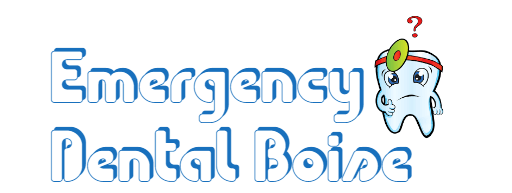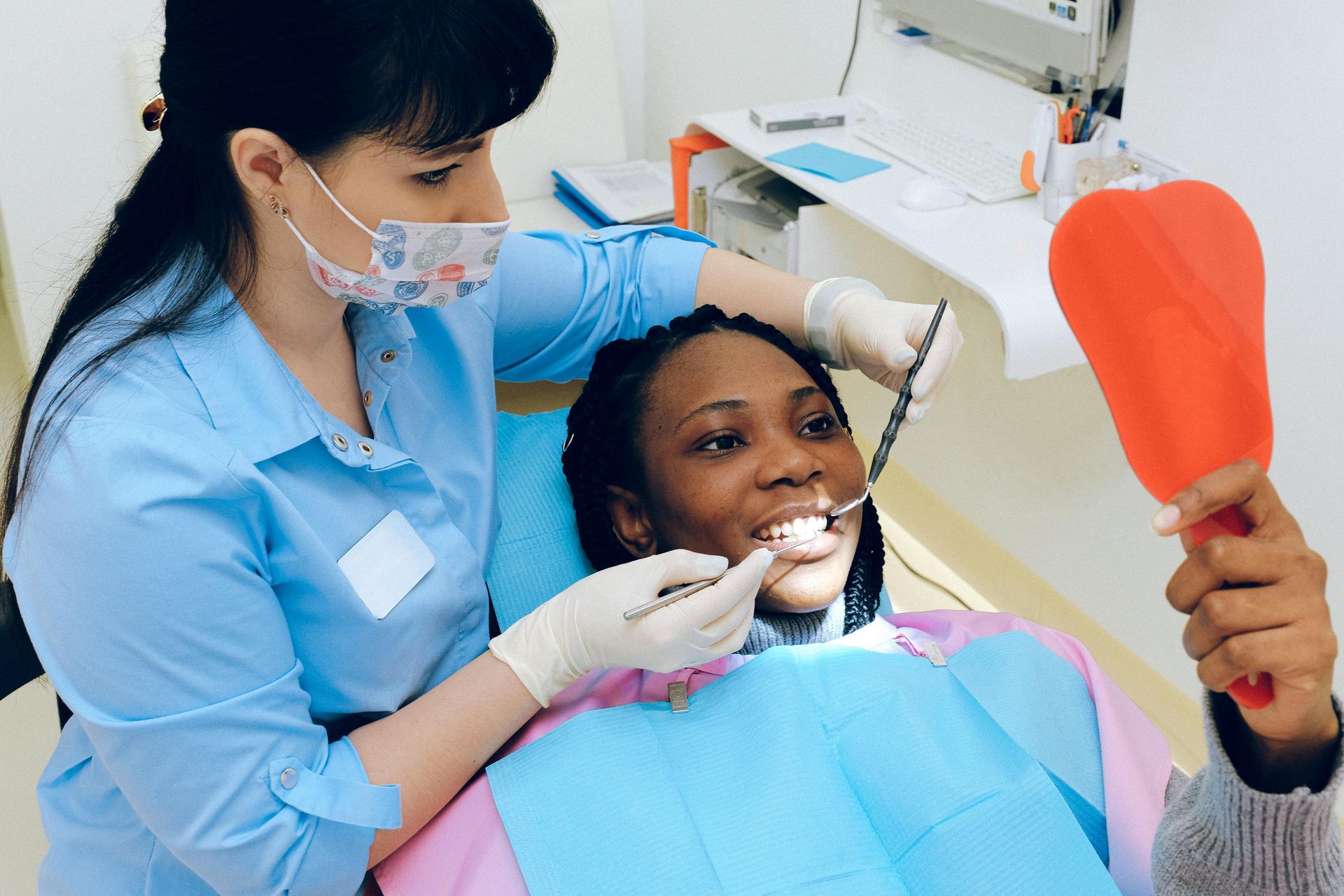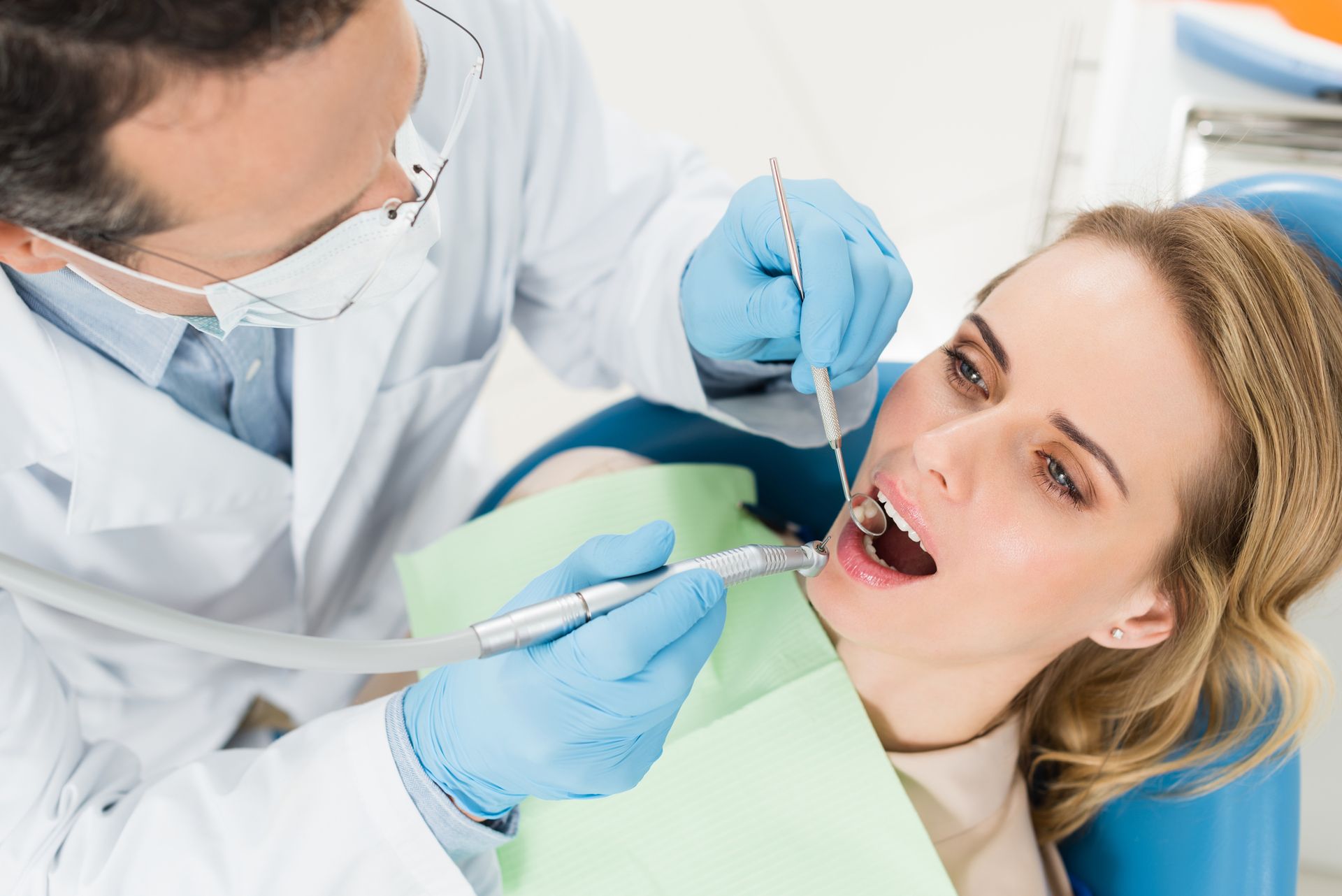What Happen During A Basic Dental Procedure | Boise Dentist

Let’s Talk About The Essential Components of a Basic Dental Procedure
Good dental hygiene is essential for overall health, as poor oral care can lead to a variety of issues. Taking the time to properly care for one's teeth and gums can help a person avoid getting cavities, gum disease, and other mouth problems. The Emergency Dentist of Boise explains how to take care of your teeth in a basic way to help you develop good oral hygiene habits.
Diagnose
The first step in proper dental maintenance is brushing with fluoride toothpaste twice a day. Brushing should be done using a soft-bristled brush and circular motions on all surfaces of the teeth; this includes both sides and the chewing surface.
It is important to take at least two minutes each time in order to effectively remove plaque from the teeth and also between them. Additionally, flossing should follow brushing once daily in order to clear away any remaining food particles or bacteria stuck between teeth.
- Cavity. A cavity is one of the most common dental problems. It happens when acid made by bacteria in the mouth wears away the enamel of the tooth. Cavities can cause tooth damage and possibly tooth loss if left untreated. Cavities are normally treated by using a dental filling material to fill the cavity.
- Gum disease. Gum disease is another common problem that can lead to tooth loss if it is not treated. Gums that are red, swollen, or bleeding are signs of gum disease. Scaling and root planing are deep cleaning techniques commonly used to treat gum disease.
- Oral cancer. Oral cancer is a rare but serious dental problem that can kill if it isn't found and treated quickly. Oral sores that do not heal, ongoing mouth pain, and trouble swallowing are all indications of oral cancer. Typically, surgery, radiation treatment, or chemotherapy are used to treat oral cancer.
During these visits, dentists look for decay and check any fillings or crowns that are already there. They also keep an eye out for gum disease or other problems that the patient might not be able to see right away. Depending on individual needs, it is recommended that patients visit their dentist every six months for routine checkups.
Cleaning And Examining
Cleaning
For maintaining ideal oral health, routine dental cleanings and exams are essential. In order to look for decay, gum disease, and other dental issues, dental specialists examine your teeth, gums, and mouth during these appointments. We'll talk about what happens during a dental cleaning or exam in this post and why it's important for your oral health.
A physical examination of the mouth, teeth, and gums is usually the first step in the dental cleaning procedure. The dental hygienist or dentist will examine the mouth using a small mirror to look for any signs of swelling, redness, or other anomalies. In order to establish whether gum disease is present, they may also use a periodontal probe to examine the width of the gum pockets.
Dental Exam
During the dental exam, the dental professional will also check for signs of oral cancer. This involves looking for any sores, lesions, or discolorations in the mouth and throat. They may also feel the neck and jaw for lumps or swelling.
In addition to cleaning and checking your teeth, the dentist will also give you tips on how to keep your teeth clean at home. This may include recommendations for brushing and flossing techniques as well as dietary advice for maintaining healthy teeth and gums.
X-Rays And Imaging
Dental x-rays are often referred to as radiographs or radiology, and they used to take images from inside the mouth. Dental X-rays use radiation to make pictures of the teeth, jawbone, and structures around them. There are several types of dental X-rays, including:
- Bitewing X-rays: These X-rays are used to diagnose cavities and gum disease by taking images of the back teeth (molars) and the adjacent teeth.
- Peripheral X-rays: These X-rays show the entire tooth, from the crown to the root, and are used to diagnose issues such as tooth fractures, abscesses, and cysts.
- Panoramic X-rays: These X-rays show a broad view of the entire mouth, including the teeth, jawbone, and sinuses. They are used to diagnose issues such as impacted teeth, jawbone fractures, and tumors.
- Cone beam computed tomography (CBCT): This type of imaging makes a 3D picture of the teeth and jawbone, which is used to find problems like impacted teeth and tumors in the jaw.
Dentists, on the other hand, use lead aprons and thyroid collars to protect their patients from getting too much radiation. Additionally, X-rays are only taken when necessary and appropriate, based on a patient's individual needs.
In addition to X-rays, dental professionals may use other types of imaging to diagnose and treat dental issues. These include:
- Digital imaging is a technology that uses computer software to make pictures of the teeth and gums that are very clear. It is often used for cosmetic dentistry procedures, such as dental implants and orthodontics
- Intraoral cameras: These cameras take images of the inside of the mouth, allowing dental professionals to see areas that may not be visible with the naked eye. They are useful for diagnosing and treating conditions such as cavities and gum disease.
Overall, dental X-rays and imaging are important tools that dentists use to find out what's wrong with your teeth and treat them. Even though they do expose people to small amounts of radiation, the benefits of using them outweigh the risks when the right safety steps are taken. If you have any concerns or questions about dental X-rays or imaging, be sure to discuss them with your dental professional.
Treatment Options
The field of dentistry is very big, and there are many ways for people to get treated. Like a painter's palette, the list of options gives ways to keep teeth healthy and fix broken ones. From root canal therapy and treatments for gum disease to tooth whitening and putting on braces, each procedure has different benefits that depend on the needs of the patient.
If tooth extractions are advisable because of decay, an accident,
dental fractures, or other problems, dental implants can replace them. This solution helps people keep their natural facial shapes and allows them to eat and talk normally again.
In addition, it is also possible to brighten smiles with professional-grade tooth whitening procedures that remove built-up plaque and stains from years of consuming caffeine beverages, tobacco products, and wine, among other items. Additionally, orthodontic treatments such as clear aligners can be used to correct crooked teeth or malocclusions over time with regular checkups at the dentist's office.
By assessing your unique dental health situation, together we can develop a plan tailored specifically for you so that you can benefit from all these services available today, giving you back beautiful pearly whites that will last for years!
Follow-Up Care
It's important to keep going to the dentist for regular checkups after any treatment plan so that you can keep track of your progress. As part of this follow-up care, preventive measures should be taken to ensure optimal oral health maintenance. This means setting up regular cleanings and exams, which are important for good dental health. During these visits, an evaluation will be done to see if more procedures are needed or if changes need to be made to keep getting the results that are wanted.
It is also beneficial to consult with the dentist regarding changes in lifestyle habits that may have been suggested as part of your individualized treatment plan. With careful attention given both during and after all treatments, long-term success can become more attainable.
See More Dental Solutions At Emergency Dental Boise
Dental procedures are an essential part of maintaining good oral health and overall well-being. From routine cleanings and examinations to more complex procedures such as fillings, root canals, and dental implants, there are a variety of steps that go into ensuring that our teeth and gums stay healthy and strong.
By knowing the basics of dental care and keeping up with the latest treatment options and technologies, we can be proactive about our dental health and keep a bright, healthy smile for years to come.
Whether you're looking to improve the appearance of your smile or address a specific dental issue, it's important to consult with a qualified dental professional who can guide you through the steps of basic dental procedures and provide you with the best possible care.




